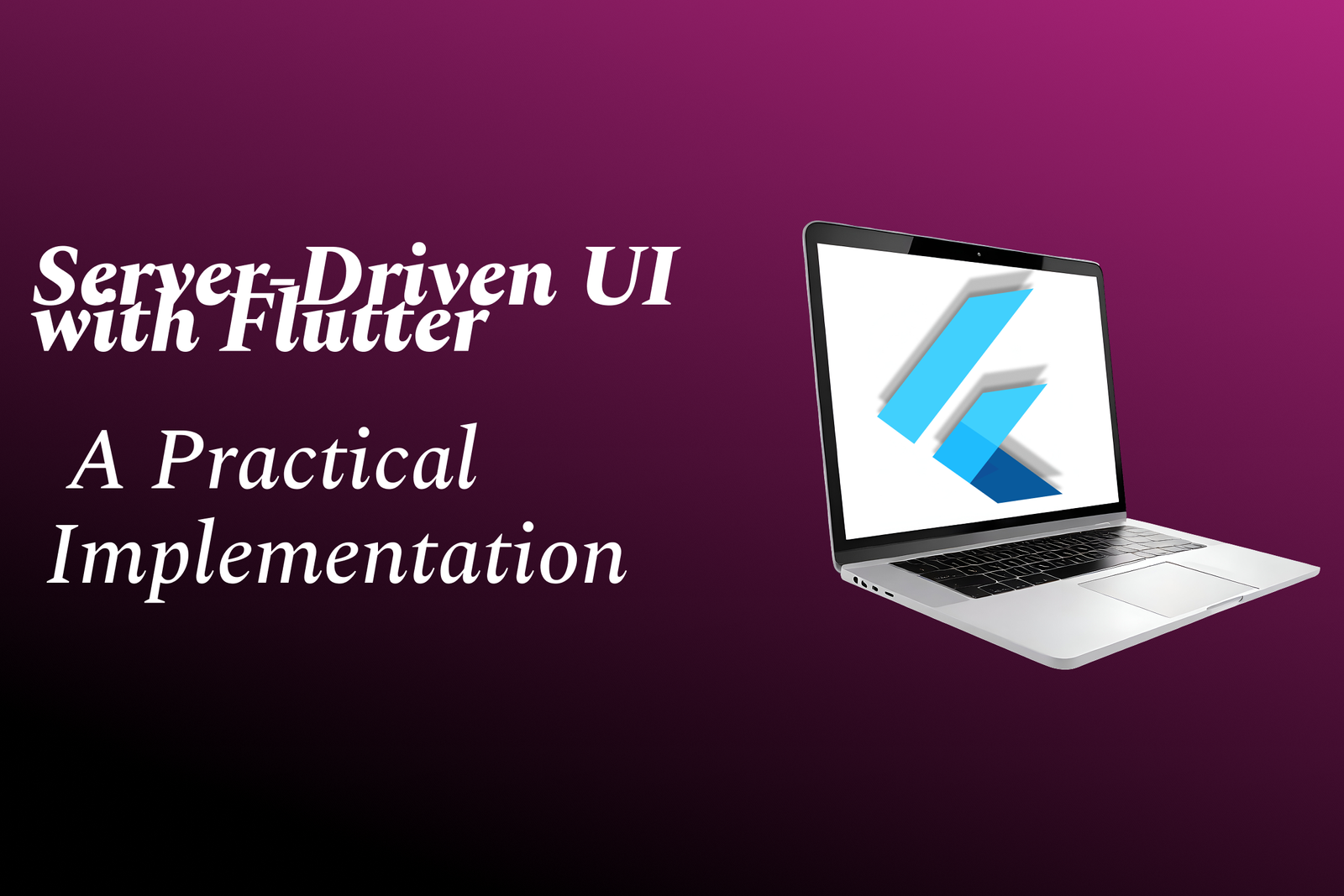How Php Program Run On Using Wamp Server
Running PHP programs on WAMP Server involves setting up a local server environment on your Windows s
How Php Program Run On Using Wamp Server
Running PHP programs on WAMP Server provides a convenient and efficient way to develop, test, and debug dynamic websites locally on a Windows machine. By integrating Apache, MySQL, and PHP into a single platform, WAMP creates a safe environment that mimics a live server, enabling developers to see real-time results of their PHP code without the need for an internet connection. This streamlined setup accelerates the development process, helps identify errors quickly, and offers a practical learning tool for aspiring web developers to gain hands-on experience with PHP-based applications.
To Download Our Brochure: https://www.justacademy.co/download-brochure-for-free
Message us for more information: +91 9987184296
Running PHP programs on WAMP Server provides a convenient and efficient way to develop, test, and debug dynamic websites locally on a Windows machine. By integrating Apache, MySQL, and PHP into a single platform, WAMP creates a safe environment that mimics a live server, enabling developers to see real time results of their PHP code without the need for an internet connection. This streamlined setup accelerates the development process, helps identify errors quickly, and offers a practical learning tool for aspiring web developers to gain hands on experience with PHP based applications.
Course Overview
Discover how to run PHP programs locally using WAMP Server in this course. Learn to set up the environment, create PHP scripts, and test them seamlessly on your Windows machine. Perfect for beginners and developers aiming to streamline PHP development through a practical, hands-on approach.
Course Description
Learn how to run PHP programs locally on your Windows machine using WAMP Server with this practical course. Covering setup, configuration, and execution of PHP scripts, you'll gain the skills to develop and test PHP applications efficiently in a real-time environment.
Key Features
1 - Comprehensive Tool Coverage: Provides hands-on training with a range of industry-standard testing tools, including Selenium, JIRA, LoadRunner, and TestRail.
2) Practical Exercises: Features real-world exercises and case studies to apply tools in various testing scenarios.
3) Interactive Learning: Includes interactive sessions with industry experts for personalized feedback and guidance.
4) Detailed Tutorials: Offers extensive tutorials and documentation on tool functionalities and best practices.
5) Advanced Techniques: Covers both fundamental and advanced techniques for using testing tools effectively.
6) Data Visualization: Integrates tools for visualizing test metrics and results, enhancing data interpretation and decision-making.
7) Tool Integration: Teaches how to integrate testing tools into the software development lifecycle for streamlined workflows.
8) Project-Based Learning: Focuses on project-based learning to build practical skills and create a portfolio of completed tasks.
9) Career Support: Provides resources and support for applying learned skills to real-world job scenarios, including resume building and interview preparation.
10) Up-to-Date Content: Ensures that course materials reflect the latest industry standards and tool updates.
Benefits of taking our course
Functional Tools
1 - WAMP Server: WAMP (Windows, Apache, MySQL, PHP) Server is the foundational tool used in this course. It creates a local environment on Windows systems where students can develop and test PHP applications without needing a live server. WAMP includes all necessary components in a single package, simplifying installation and setup. It provides an easy to use control panel to start, stop, and configure services like Apache and MySQL. This tool helps learners understand the link between PHP scripting and server management in a controlled environment, ensuring a smooth learning curve.
2) Apache Server: Part of the WAMP stack, Apache serves as the web server responsible for handling HTTP requests from clients and delivering the appropriate web pages. Students learn how Apache processes URL requests, interprets PHP scripts, and interacts with server configurations. Configuring Apache settings enables learners to understand concepts such as virtual hosts, URL rewriting, and security settings. Apache’s role as a reliable server helps students grasp how web servers facilitate dynamic content delivery in a real world scenario.
3) MySQL Database Management System: Integrated within WAMP, MySQL is essential for managing databases used in PHP projects. The course introduces students to creating, manipulating, and querying databases through tools like phpMyAdmin or command line interfaces. Understanding database interactions is critical for building dynamic websites that store user data, product information, and more. MySQL’s role complements PHP scripts that perform CRUD (Create, Read, Update, Delete) operations, demonstrating the full data flow cycle in web applications.
4) PHP Module/Interpreter: PHP is the scripting language taught in this program, and the PHP module in WAMP interprets and executes PHP scripts. Students learn how PHP files are processed by the server, generating dynamic HTML content. Configurations like enabling or disabling PHP extensions help learners understand PHP’s flexibility and capabilities. The interpreter acts as a bridge between the client request and server response, showcasing PHP's server side processing power.
5) PhpMyAdmin: This web based tool simplifies database management by providing a graphical interface for working with MySQL databases. Students learn to create tables, run SQL queries, import/export data, and manage users without writing command line code. PhpMyAdmin enhances understanding of database operations, making complex tasks accessible. Its visual approach helps learners visualize data structures and deepen their comprehension of database relationships within PHP applications.
6) Integrated Development Environment (IDE) and Text Editors: Tools like Sublime Text, Visual Studio Code, or Notepad++ are used for writing PHP code. These editors provide syntax highlighting, code completion, and debugging features that improve coding efficiency and reduce errors. Through their functionalities, students discover best practices in code organization and version control. IDEs and text editors are vital for editing PHP scripts with ease and for debugging issues during development.
7) Web Browsers: Browsers such as Chrome, Firefox, or Edge are used to run and test the PHP applications developed locally on WAMP. They simulate client side access, allowing students to see how their scripts render and behave in real time. Using browsers, learners can troubleshoot issues, test different functionalities, and understand how server responses translate into user interfaces. They serve as the final platform to verify the output and ensure the web application works correctly.
8) FTP Clients (Optional): Though primarily used in live server environments, tools like FileZilla may be introduced for transferring files from local to remote servers. This aids students in understanding deployment processes and managing project files efficiently. FTP clients give learners practical experience in publishing their PHP projects and maintaining website content externally.
9) Version Control Tools (such as Git): While not mandatory, tools like Git help students practice collaborative development, track code changes, and maintain version histories. Integrating version control into local development encourages good coding habits and prepares students for team projects. It provides a systematic approach to managing updates, rollbacks, and project documentation.
10) Debugging and Profiling Tools: Integrated within IDEs or as separate utilities, these tools assist students in identifying errors, monitoring code performance, and optimizing PHP scripts. Debuggers facilitate step by step execution, helping troubleshoot runtime issues efficiently. Profiling tools provide insights into script execution time and resource utilization, enabling learners to fine tune their applications.
11 - Localhost Simulation: By configuring the WAMP server, students create a local environment that mimics live server conditions. This setup enables testing of PHP scripts in an environment closely aligned with production servers, reducing deployment issues. It allows experimentation with server configurations, error handling, and performance tuning before deploying to real servers.
12) Network and Security Tools: To understand the security aspects of running PHP on WAMP, students might use tools that simulate security scans or tests to identify vulnerabilities. These tools emphasize the importance of configuring secure server environments, managing user permissions, and safeguarding sensitive data during development.
This comprehensive suite of tools forms the backbone of the course, providing students with practical exposure and deep understanding needed to run PHP programs effectively on WAMP Server.
13) Command Line Interface (CLI) Tools: Familiarity with command line operations allows students to manage databases, run PHP scripts, and configure server settings efficiently. Using CLI tools like MySQL CLI or PHP’s command line interface encourages a deeper understanding of server management beyond GUI based options, fostering better troubleshooting skills and automation capabilities.
14) Web Server Security Modules: Modules such as SSL/TLS configurations in Apache or security extensions help students learn how to secure their web applications. Understanding HTTPS setup, certificate management, and server hardening practices ensures that learners appreciate the importance of security in real world projects.
15) Code Versioning Platforms: Integrating platforms like GitHub, GitLab, or Bitbucket enables students to collaborate on projects, manage versions, and maintain code repositories. This exposure prepares learners for professional workflows and promotes disciplined coding practices during project development cycles.
16) Automated Testing Tools: Introducing testing frameworks such as PHPUnit allows students to write and run automated tests for their PHP applications. Incorporating testing ensures code reliability, facilitates debugging, and emphasizes maintenance best practices in software development.
17) Containerization Tools (Optional): Tools like Docker can be used to create isolated development environments. This approach guarantees consistency across development and production environments, simplifies dependency management, and introduces students to modern deployment techniques.
18) Network Monitoring and Traffic Analysis Tools: Using tools like Wireshark or Chrome DevTools helps students analyze network requests and responses. These tools aid in debugging AJAX calls, understanding data flow, and troubleshooting performance issues related to WAMP server interactions.
19) Load Testing Tools: Applications such as Apache JMeter can simulate multiple users and high traffic scenarios. This preparation helps students understand the performance limits of their applications and optimize code for scalability.
20) Automated Deployment Tools: Integrations with continuous integration/delivery (CI/CD) services like Jenkins or GitHub Actions introduce students to automated deployment pipelines, reducing manual errors and streamlining the transition from development to production.
21 - Documentation Tools: Using markdown editors or documentation generators like Sphinx encourages students to document their code systematically. Proper documentation enhances maintainability and knowledge sharing in team environments.
22) Learning Management and Quiz Platforms: Platforms that provide quizzes, quizzes, and assessments can be integrated into the course, reinforcing learning, testing comprehension, and tracking progress for certification purposes.
23) Web Analytics Tools: Embedding basic analytics, such as Google Analytics, within projects illustrates how to monitor user engagement and behavior, vital for developing marketing strategies and improving user experience.
24) Cloud Integration Services (Optional): Introducing students to cloud based storage or databases (e.g., AWS RDS, Azure SQL) prepares them for deploying scalable and resilient applications, bridging the gap between local development and cloud environments.
25) Code Quality and Static Analysis Tools: Tools like PHP_CodeSniffer or SonarQube help maintain coding standards, detect potential bugs, and ensure best practices are adhered to throughout development.
26) Learning Resources and Community Forums: Encouraging participation in developer communities, forums, or official documentation enhances problem solving skills and staying updated with latest trends and updates in PHP and server management.
27) Screen Capture and Video Recording Tools: These tools assist students in creating tutorials or sharing project progress with peers or instructors, fostering collaborative learning and feedback.
28) Backup and Data Recovery Utilities: Teaching students how to back up server configurations, databases, and codebases ensures data safety and prepares them for handling data loss scenarios efficiently.
29) Cross Browser Compatibility Testing Tools: Using services like BrowserStack allows students to test their applications across multiple browsers and devices, ensuring a consistent user experience regardless of platform.
30) Accessibility Testing Tools: Tools that evaluate website accessibility help students develop inclusive applications that comply with accessibility standards, broadening their skills to develop user friendly interfaces.
This expanded range of tools complements the core components, equipping learners with a holistic skill set to develop, test, deploy, and maintain PHP based applications using WAMP Server.
Browse our course links : https://www.justacademy.co/all-courses
To Join our FREE DEMO Session:
This information is sourced from JustAcademy
Contact Info:
Roshan Chaturvedi
Message us on Whatsapp:
Email id: info@justacademy.co
Compilation of Flutter vs React Native
How to Run PHP Programs Using WAMP Server: A Step-by-Step Guide for Beginners
Step-by-Step Guide to Running PHP Programs Using WAMP Server for Beginners
How to Run PHP Programs Using WAMP Server: Step-by-Step Guide for Beginners
Step-by-Step Guide to Running PHP Programs Using WAMP Server for Beginners











